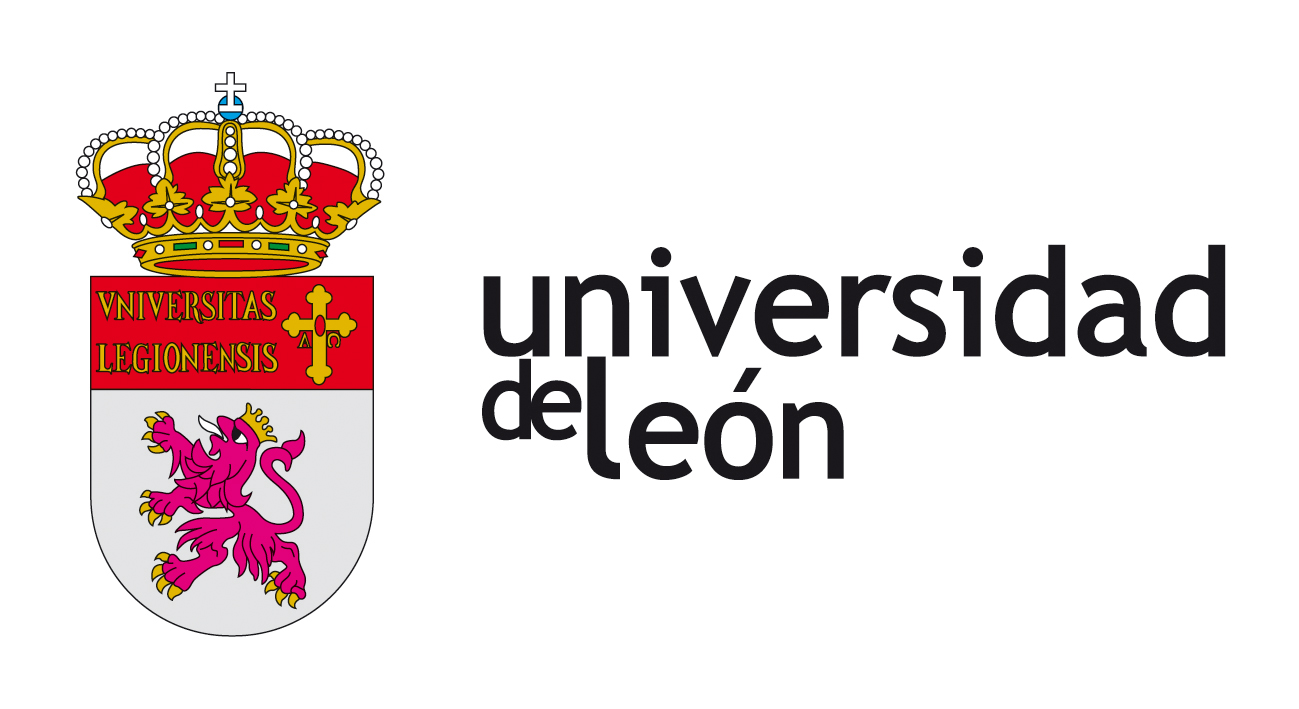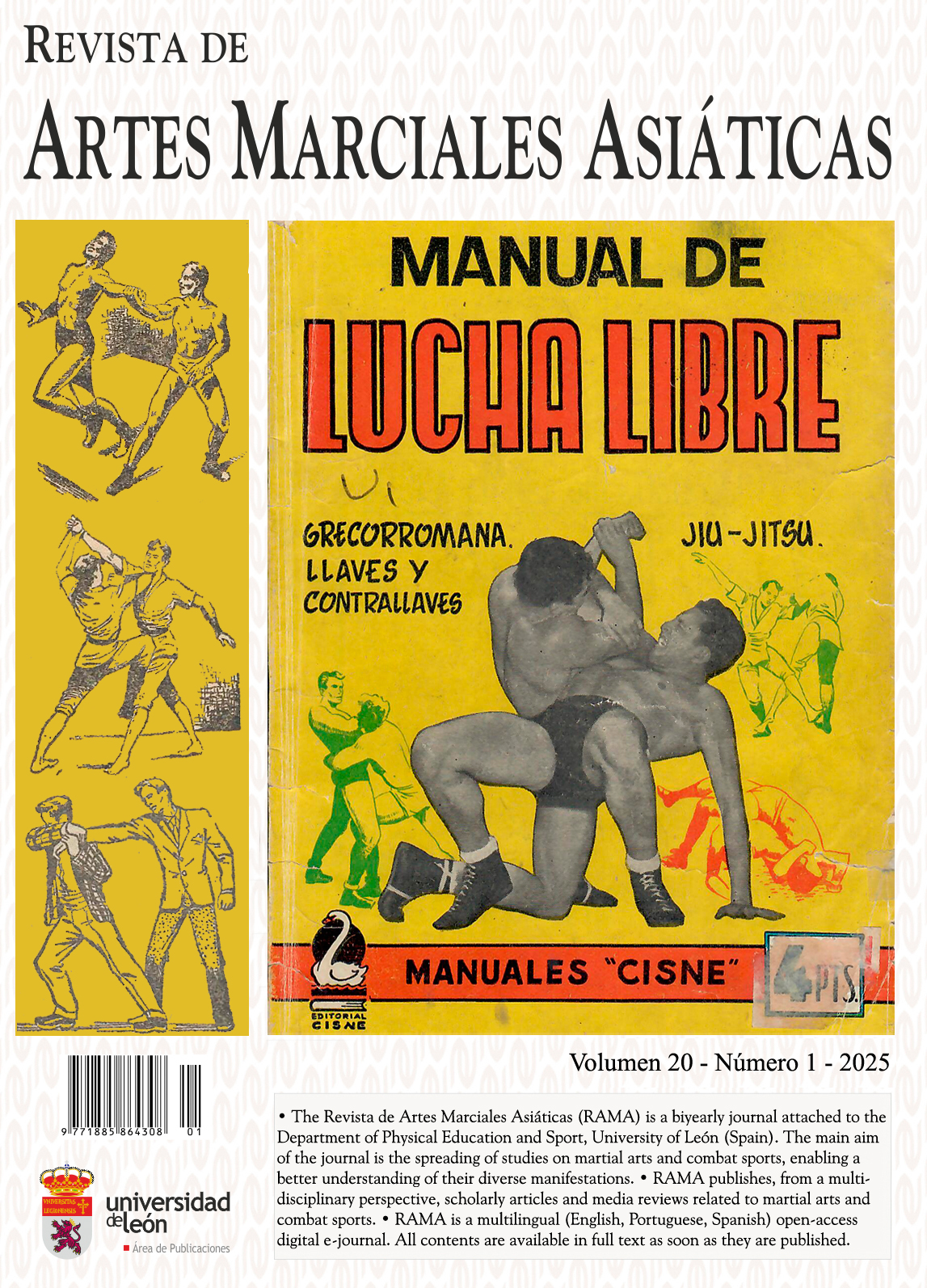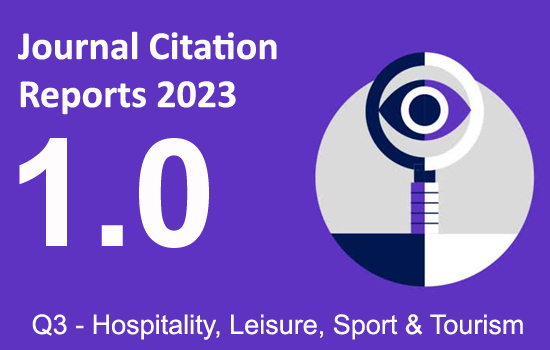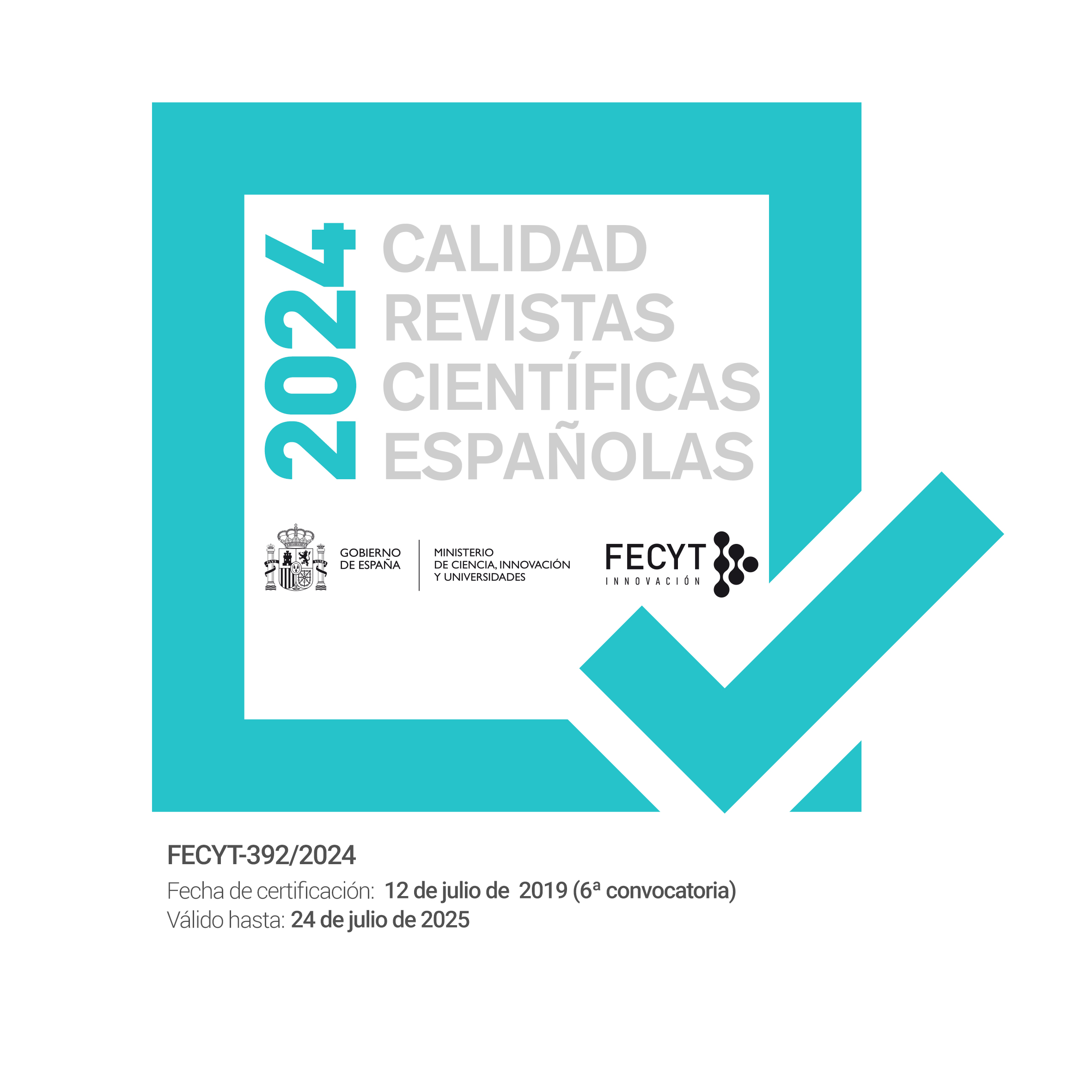Rendimiento en salto y perfiles de capacidad anaeróbica en campo de atletas amateurs de artes marciales mixtas de nivel internacional
DOI:
https://doi.org/10.18002/rama.v20i1.2502Palabras clave:
Artes marciales, deportes de combate, MMA, capacidad anaeróbica, rendimiento neuromuscular, SJFTAgencias Financiadoras:
The authors received no funding for this workResumen
El MMA (artes marciales mixtas) es un deporte de combate que requiere la capacidad de completar acciones repetidas de alto impulso durante 9-25 minutos. En este estudio se presentan por primera vez medidas indirectas del rendimiento neuromuscular de la parte inferior del cuerpo y de las capacidades aneróbicas de atletas de MMA amateur de nivel 3. Una cohorte de n=9 mujeres (edad = 20,5±2,8 años) y n=12 hombres (edad =20,8±1,6 años) realizaron squat jumps, saltos con contramovimiento y drop jumps para proporcionar medidas indirectas de su rendimiento neuromuscular y fuerza reactiva. También realizaron el special judo fitness test (SJFT) como medida indirecta de su capacidad anaeróbica. Las tasas de éxito de los participantes en MMA se determinaron utilizando su porcentaje de victorias en combates de MMA. Las relaciones entre las medidas fisiológicas y las tasas de éxito se calcularon mediante el coeficiente de correlación r de Pearson (p<0,05). Las características de salto de hombres y mujeres fueron en general iguales a las de los atletas de otros deportes de combate, pero inferiores a las de atletas que no son de deportes combate. Los hombres y las mujeres resultaron ser "pobres/muy pobres" en la mayoría de los factores del SJFT. Se observó que el índice de éxito de las atletas de categoría femenina guardaba una relación muy estrecha con las variables de salto (SJ r = 0,713; CMJ r = 0,794; CMJ-AS r = 0,718; todos p<0,05). También, que el índice de éxito de los atletas de categoría masculinas tenía una gran relación con los factores SJFT (nº de proyecciones r = 0,732; índice SJFT r = - 0,648; ambos p<0,05). Estos resultados indican que el éxito de la MMA depende de diferentes factores fisiológicos en cada sexo. Estos resultados también pueden poner de manifiesto aspectos preocupantes en los estándares de rendimiento fisiológico de los atletas de MMA.
Descargas
Métricas alternativas
Citas
ABC. (2018). Unified Rules of Mixed Martial Arts. https://www.abcboxing.com/wp-content/uploads/2019/01/abc-unified-rules-MMA-08012018.pdf
Abidin, N. & Adam, M. (2013). Prediction of vertical jump height from anthropometric factors in male and female martial arts athletes. The Malaysian Journal of Medical Sciences, 20(1), 39-45.
Alm, P. & Yu, J. (2013). Physiological characters in mixed martial arts. American Journal of Sports Science, 1(2), 12–17.
Antoniettô, N. R., Bello, F., Carrenho, A. Q., de Carvalho Berbert, P., Brito, C. J., Amtmann, J. & Miarka, B. (2019). Suggestions for professional mixed martial arts training with pacing strategy and technical-tactical actions by rounds. The Journal of Strength & Conditioning Research. 37(6), 1306-1313, https://doi.org/10.1519/JSC.0000000000003018
Baribeau, V., Kirk, C., Le, D., Bose, A., Mueller, A., French, D., Sarge, T., Langan-Evans, C., Reale, R. & Murugappan, K. (2023). Rapid weight gain and weight differential predict competitive success in 2100 professional combat-sport athletes. International Journal of Sports Physiology and Performance, 18(1), 85–94, https://doi.org/10.1123/ijspp.2022-0204
Batra, A. (2019). Where is sport science? Self-reported training methods of mixed martial arts athletes and coaches during fight -camp. Sport Performance & Science Reports, 1(62).
Beattie, K., Carson, B., Lyons, M. & Kenny, I. (2017). The relationship between maximal strength and reactive strength. International Journal of Sports Physiology and Performance, 12(4), 548–553. https://doi.org/10.1123/ijspp.2016-0216
Ceylan, B. & Sukru, S. (2018). The comparison of judo-specific tests. Ido Movement for Culture. Journal of Martial Arts Anthropology, 18(4), 54–62. https://doi.org/10.14589/ido.18.4.7
Ceylan, B., Simenko, J. & Balci, S. (2022). Which performance tests best define the Special Judo Fitness Test classification in elite judo athletes? Journal of Functional Morphology and Kinesiology, 7(4), 101. https://doi.org/10.3390/jfmk7040101
Da Silva Junior, J., Kons, R., de Lucas, R. & Detanico, D. (2022). Jiu-jitsu-specific performance test: Reliability analysis and construct validity in competitive athletes. The Journal of Strength & Conditioning Research, 36(1), 174–179. https://doi.org/10.14589/ido.18.4.7
De Oliveira, S. N., Follmer, B., de Moraes, M. A., dos Santos, J. O. L., de Souza Bezerra, E., Gonçalves, H. J. C. & Rossato, M. (2015). Physiological profiles of north Brazilian mixed martial artists (MMA). Journal of Exercise Physiology Online, 18(1), 56–61.
De Pauw, K., Roelands, B., Cheung, S. S., De Geus, B., Rietjens, G. & Meeusen, R. (2013). Guidelines to classify subject groups in sport-science research. International Journal of Sports Physiology and Performance, 8(2), 111–122. https://doi.org/10.1123/ijspp.8.2.111
Del Vecchio, F., da Silva, K. C. & Miarka, B. (2015). Time-motion analysis of mixed martial arts (MMA) combats: Comparison between genders. Conexões, 13(3), 48–64. https://doi.org/10.20396/conex.v13i3.8640870
Del Vecchio, F., Hirata, S. M. & Franchini, E. (2011). A review of time-motion analysis and combat development in mixed martial arts matches at regional level tournaments. Perceptual Motor Skills, 112(2), 639–648. https://doi.org/10.2466/05.25.PMS.112.2.639-648
Draper, N. & Marshall, H. (2013). High-intensity aerobic endurance sports. In Draper, Nick and Marshall, Helen (Ed.), Exercise Physiology for Health and Sports Performance (pp. 322 – 350). Routledge.
Finlay, M. J., Page, R. M., Greig, M. & Bridge, C. (2021). The association between competitor level and the physical preparation practices of amateur boxers. PLoS One, 16(9), e0257907. https://doi.org/10.1371/journal.pone.0257907
Flanagan, E. & Comyns, T. (2008). The use of contact time and the reactive strength index to optimize fast stretch-shortening cycle training. Strength & Conditioning Journal, 30(5), 32–38. https://doi.org/10.1519/SSC.0b013e318187e25b
Franchini, E., Del Vecchio, F., Matsushigue, K. & Artioli, G. (2011). Physiological profiles of elite judo athletes. Sports Medicine, 41(2), 147–166. https://doi.org/10.2165/11538580-000000000-00000
Franchini, E., Sterkowicz, S., Szmatlan-Gabrys, U., Gabrys, T. & Garnys, M. (2011). Energy system contributions to the special judo fitness test. International Journal of Sports Physiology and Performance, 6(3), 334–343. https://doi.org/10.1123/ijspp.6.3.334
Glatthorn, J., Gouge, S., Nussbaumer, S., Stauffacher, S., Impellizzeri, F. & Maffiuletti, N. (2011). Validity and reliability of Optojump photoelectric cells for estimating vertical jump height. The Journal of Strength and Conditioning Research, 25(2), 556–560. https://doi.org/10.1519/JSC.0b013e3181ccb18d
Gotshalk, L., Berger, R. & Kraemer, W. (2004). Cardiovascular responses to a high-volume continuous circuit resistance training protocol. The Journal of Strength and Conditioning Research, 18(4), 760–764.
Gracie, R. & Danaher, J. (2003). Mastering Jujitsu. Human Kinetics.
Harvey, B. (2018). Energy system development in elite mixed martial arts. Journal of Australian Strength and Conditioning, 26(4), 75–89.
Haugen, T., Breitschädel, F., Wiig, H. & Seiler, S. (2020). Countermovement jump height in national-team athletes of various sports: a framework for practitioners and scientists. International Journal of Sports Physiology and Performance, 16(2), 184–189. https://doi.org/10.1123/ijspp.2019-0964
Healy, R., Kenny, I. & Harrison, A. (2018). Reactive strength index: a poor indicator of reactive strength? International Journal of Sports Physiology and Performance, 13(6), 802–809. https://doi.org/10.1123/ijspp.2017-0511
Hopkins, W. (2002). Effect statistics: a scale of magnitudes for effect statistics. Version current 2006. Available from: http://www.sportsci.org/resource/stats/effectmag.html
IMMAF. (2017). Mixed martial arts unified rules for amateur competition. https://immaf.org/wp-content/uploads/2020/02/IMMAF-Rules-Document-as-of-March-2017.pdf
James, L., Beckman, E. M., Kelly, V. G. & Haff, G. G. (2017). The neuromuscular qualities of higher-and lower-level mixed-martial-arts competitors. International Journal of Sports Physiology and Performance, 12(5), 612–620. https://doi.org/10.1123/ijspp.2016-0373
James, L., Kelly, V. G. & Beckman, E. M. (2013). Periodization for mixed martial arts. Strength & Conditioning Journal, 35(6), 34–45. https://doi.org/10.1519/SSC.0000000000000017
James, L., Robertson, S., Haff, G. G., Beckman, E. M. & Kelly, V. G. (2017). Identifying the performance characteristics of a winning outcome in elite mixed martial arts competition. Journal of Science and Medicine in Sport, 20(3), 296–301. https://doi.org/10.1016/j.jsams.2016.08.001
Jones, A. & Carter, H. (2000). The effect of endurance training on parameters of aerobic fitness. Sports Medicine, 29(6), 373–386. https://doi.org/10.2165/00007256-200029060-00001
Kirk, C. (2018). Does anthropometry influence technical factors in competitive mixed martial arts? Human Movement, 19(2), 46–59. https://doi.org/10.5114/hm.2018.74059
Kirk, C., Clark, D., Langan-Evans, C. & Morton, J. (2020). The physical demands of mixed martial arts: A narrative review using the ARMSS model to provide a hierarchy of evidence. Journal of Sport Sciences, 38(24), 2819–2841. https://doi.org/10.1080/02640414.2020.1802093
Kirk, C., Hurst, H. T. & Atkins, S. (2015). Comparison of the training loads of mixed martial arts techniques in isolated training and open sparring. Journal of Combat Sports & Martial Arts, 6(1), 15-20.
Kirk, C., Langan-Evans, C., Clark, D. & Morton, J. (2021). Quantification of training load distribution in mixed martial arts athletes: A lack of periodisation and load management. PLoS One, 16(5). https://doi.org/10.1371/journal.pone.0251266
Lenetsky, S. & Harris, N. (2012). The mixed martial arts athlete: a physiological profile. Strength & Conditioning Journal, 34(1), 32–47. https://doi.org/10.1519/SSC.0b013e3182389f00
Lenetsky, S., Harris, N. & Brughelli, M. (2013). Assessment and contributors of punching forces in combat sports athletes: Implications for strength and conditioning. Strength & Conditioning Journal, 35(2), 1–7. https://doi.org/10.1519/SSC.0b013e31828b6c12
Lopes-Silva, J., Panissa, V., Julio, U. & Franchini, E. (2021). Influence of physical fitness on special judo fitness test performance: A multiple linear regression analysis. The Journal of Strength and Conditioning Research, 35(6), 1732–1738. https://doi.org/10.1519/JSC.0000000000002948
Loturco, I., Nakamura, F. Y., Artioli, G. G., Kobal, R., Kitamura, K., Abad, C. C. C., Cruz, I. F., Romano, F., Pereira, L. A. & Franchini, E. (2016). Strength and power qualities are highly associated with punching impact in elite amateur boxers. The Journal of Strength and Conditioning Research, 30(1), 109–116. https://doi.org/10.1519/JSC.0000000000001075
Lovell, D., Bousson, M. & McLellan, C. (2013). The use of performance tests for the physiological monitoring of training in combat sports: A case study of a world ranked mixed martial arts fighter. Journal of Athletic Enhancement, 2(1).
Maffiuletti, N. A., Aagaard, P., Blazevich, A. J., Folland, J., Tillin, N. & Duchateau, J. (2016). Rate of force development: physiological and methodological considerations. European Journal of Applied Physiology, 116(6), 1091–1116. https://doi.org/10.1007/s00421-016-3346-6
Marinho, B. F., Follmer, B., Esteves, J. V. D. C. & Andreato, L. (2016). Body composition, somatotype, and physical fitness of mixed martial arts athletes. Sport Sciences for Health, 12(2), 157–165. https://doi.org/10.1007/s11332-016-0270-4
McKay, A., Stellingwerff, T., Smith, E., Martin, D., Mujika, I., Goosey-Tolfrey, V., Sheppard, J. & Burke, L. (2021). Defining training and performance caliber: a participant classification framework. International Journal of Sports Physiology and Performance, 17(2), 317–331. https://doi.org/10.1123/ijspp.2021-0451
McLellan, C., Lovell, D. & Gass, G. (2011). The role of rate of force development on vertical jump performance. The Journal of Strength and Conditioning Research, 25(2), 379–385. https://doi.org/10.1519/JSC.0b013e3181be305c
Mekhdieva, K., Zakharova, A., Vladelshchikova, M. & Timokhina, V. (2021). Wingate tests in elite sports: Comparative analysis. Theory and Practice of Physical Culture, 1, 27-29.
Miarka, B., dal Bello, F., Brito, C. J. & Amtmann, J. (2018). Technical-tactical ratios by round, genders and weight division of mixed martial arts for training. International Journal of Performance Analysis in Sport, 18(1), 78–89. https://doi.org/10.1080/24748668.2018.1447210
Mikeska, J. D. (2014). A 12-week metabolic conditioning program for a mixed martial artist. Strength & Conditioning Journal, 36(5), 61–67. https://doi.org/10.1519/SSC.0000000000000068
Pallarés, J. G., López-Gullón, J. M., Torres-Bonete, M. & Izquierdo, M. (2012). Physical fitness factors to predict female Olympic wrestling performance and sex differences. The Journal of Strength and Conditioning Research, 26(3), 794–803. https://doi.org/10.1519/JSC.0b013e31824741e7
Poliakoff, M. (1987). Combat Sports in the Ancient World. Yale University Press.
Potter, D. (2012). The Victor’s Crown: How the birth of the Olympics and the rise of the Roman games changed sport forever. Quercus.
Rimkus, L., Satkunskiene, D., Kamandulis, S. & Bruzas, V. (2019). Lower-body power in boxers is related to activity during competitive matches. International Journal of Performance Analysis in Sport, 19(3), 342–352. https://doi.org/10.1080/24748668.2019.1609807
Ruddock, A., James, L., French, D., Rogerson, D., Driller, M. & Hembrough, D. (2021). High-intensity conditioning for combat athletes: practical recommendations. Applied Sciences, 11(22). https://doi.org/10.3390/app112210658
Ruddock, A., Wilson, D., Thompson, S., Hembrough, D. & Winter, E. (2016). Strength and conditioning for professional boxing: Recommendations for physical preparation. Strength & Conditioning Journal, 38(3), 81–90. https://doi.org/10.1519/SSC.0000000000000217
Sayers, S., Harackiewicz, D., Harman, E., Frykman, P. & Rosenstein, M. (1999). Cross-validation of three jump power equations. Medicine & Science in Sports and Exercise, 31(4), 572–577. https://doi.org/10.1097/00005768-199904000-00013
Schick, M., Brown, L., Coburn, J., Beam, W., Schick, E. & Dabbs, N. (2010). Physiological profile of mixed martial artists. Medicina Sportiva, 14(4), 182–187. https://doi.org/10.2478/v10036-010-0029-y
Schmidt, W. D., Piencikowski, C. L. & Vandervest, R. E. (2005). Effects of a competitive wrestling season on body composition, strength, and power in National Collegiate Athletic Association Division III college wrestlers. The Journal of Strength and Conditioning Research, 19(3), 505-508. https://doi.org/10.1519/r-15014.1
Slimani, M., Chamari, K., Miarka, B., Del Vecchio, F. & Chéour, F. (2016). Effects of plyometric training on physical fitness in team sport athletes: a systematic review. Journal of Human Kinetics, 53(1), 231–247.
Sterkowicz, S. (1995). Test specjalnej sprawnoci ruchowej w judo. Antropomotoryka, 12, 29–44.
Sterkowicz-Przybycien, K. & Fukuda, D. (2014). Establishing normative data for the special judo fitness test in female athletes using systematic review and meta-analysis. The Journal of Strength & Conditioning Research, 28(12), 3585–3593. https://doi.org/10.1519/JSC.0000000000000561
Sterkowicz-Przybycien, K., Fukuda, D. & Franchini, E. (2019). Meta-analysis to determine normative values for the special judo fitness test in male athletes: 20+ years of sport-specific data and the lasting legacy of Stanislaw Sterkowicz. Sports, 7(8), 194, https://doi.org/10.3390/sports7080194
Suchomel, T. J., Comfort, P. & Stone, M. H. (2015). Weightlifting pulling derivatives: Rationale for implementation and application. Sports Medicine, 45(6), 823–839. https://doi.org/10.1007/s40279-015-0314-y
Suchomel, T. J., Nimphius, S. & Stone, M. H. (2016). The importance of muscular strength in athletic performance. Sports Medicine, 46(10), 1419–1449. https://doi.org/10.1007/s40279-016-0486-0
Turner, A. (2011). The science and practice of periodization: a brief review. Strength & Conditioning Journal, 33(1), 34–46. https://doi.org/10.1519/SSC.0b013e3182079cdf
Uddin, N., Tallent, J. & Waldron, M. (2020). Physiological and perceptual responses to a five-week pre-event taper in professional mixed martial arts athletes. The Journal of Sport and Exercise Science, 4(2), 90–99. https://doi.org/10.36905/jses.2020.02.04
UFC. (2018). A cross-sectional performance analysis and projection of the UFC athlete: Volume one.
Wasacz, W., Rydzik, L., Simenko, J., Kedra, A., Blach, W. & Ambrozy, T. (2024). The Development of the Special Brazilian Jiu-Jitsu Fitness Test: Takedown Zone (SBJJFT-TZ), Gi Formula. Applied Sciences, 14(11), 4711. https://doi.org/10.3390/app14114711
Winter, E. & Maughan, R. (2009). Requirements for ethics approvals. Journal of Sports Sciences, 27(10), 985–985. https://doi.org/10.1080/02640410903178344
Woolford, S., Polgaze, T., Rowsell, G. & Spencer, M. (2013). Field testing principles and protocols. In Tanner, Rebecca and Gore Christopher (Ed.), Physiological Tests for Elite Athletes (2nd ed., pp. 231–248). Human Kinetics.
Descargas
Publicado
Cómo citar
Número
Sección
Licencia
Derechos de autor 2025 Amit Batra, Mitchell Finlay, Christopher Kirk

Esta obra está bajo una licencia internacional Creative Commons Atribución-NoComercial-CompartirIgual 4.0.
Los autores que publican en esta revista están de acuerdo con los siguientes términos:
- Los autores ceden de forma no exclusiva los derechos de explotación (reproducción, distribución, comunicación pública, transformación) a la Universidad de León, por lo que pueden establecer, por separado, acuerdos adicionales para la distribución no exclusiva de la versión de la obra publicada en la revista (por ejemplo, alojarlo en un repositorio institucional o publicarlo en un libro), con un reconocimiento de su publicación inicial en esta revista.
- Este trabajo se encuentra bajo la Creative Commons Attribution-NonCommercial-ShareAlike 4.0 International License. Puede consultarse desde aquí la versión informativa y el texto legal de la licencia.
- Se permite y se anima a los autores a difundir electrónicamente las versiones pre-print (versión antes de ser evaluada) y/o post-print (versión evaluada y aceptada para su publicación) de sus obras antes de su publicación, ya que favorece su circulación y difusión más temprana y con ello un posible aumento en su citación y alcance entre la comunidad académica.











